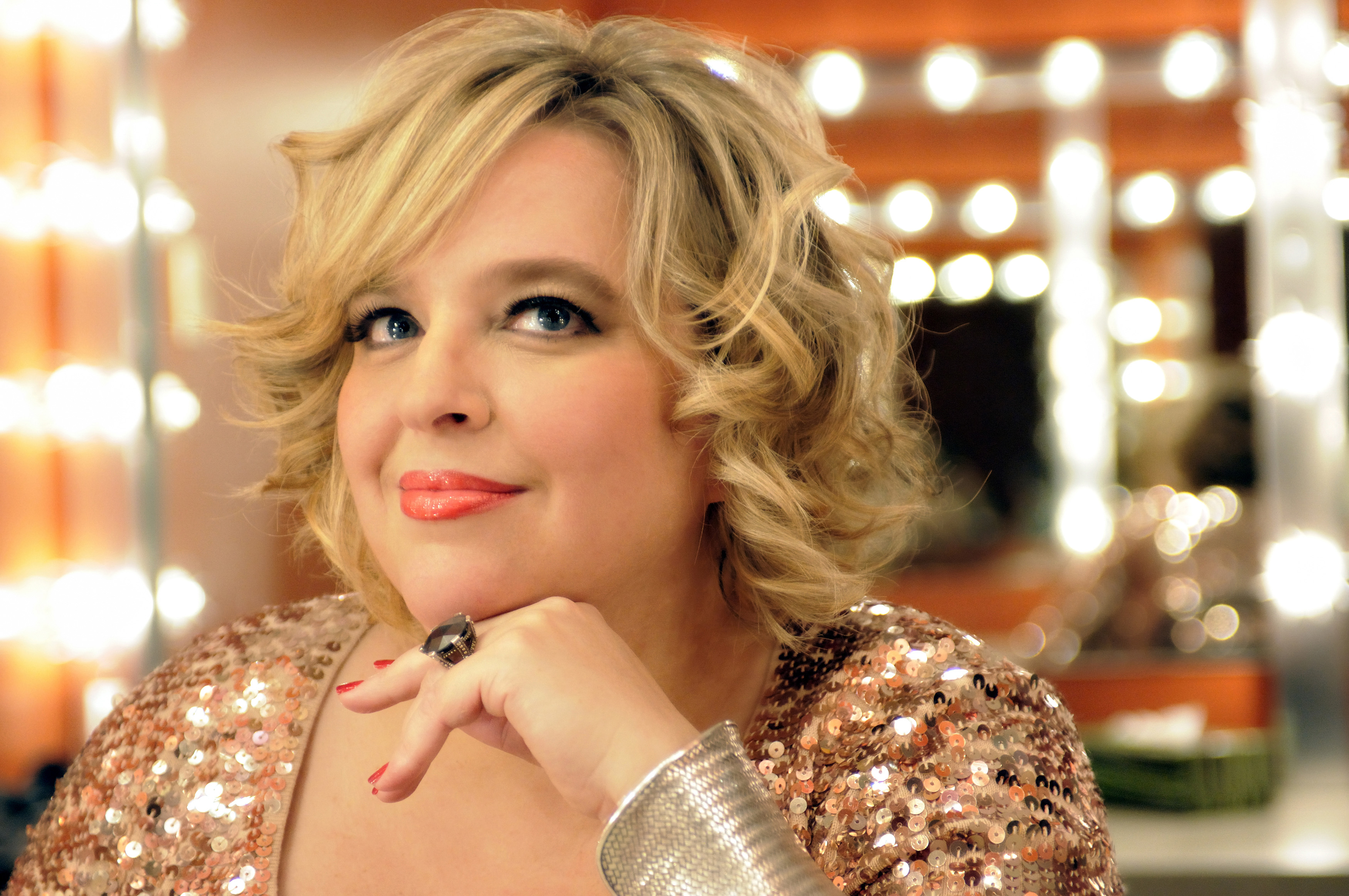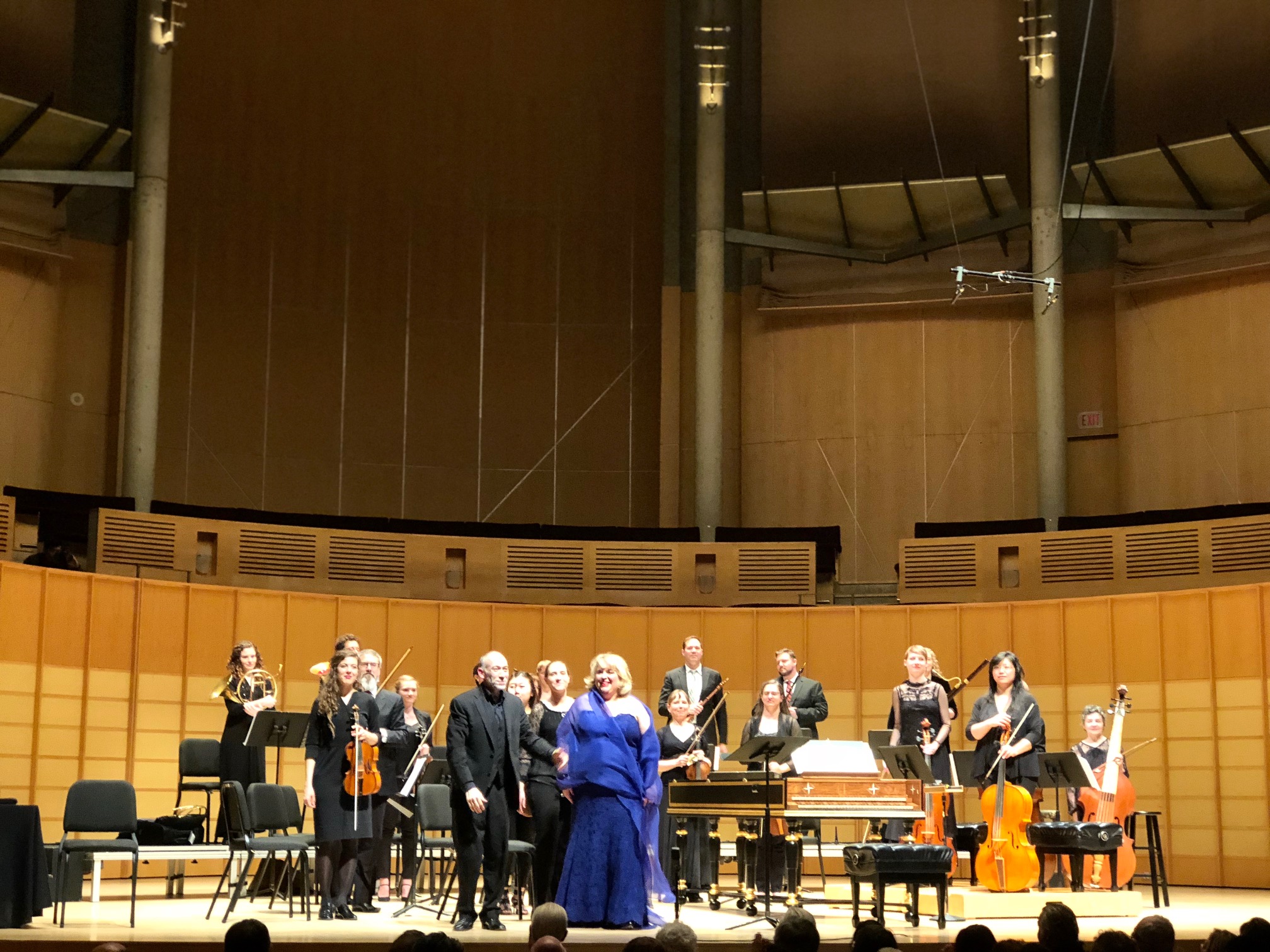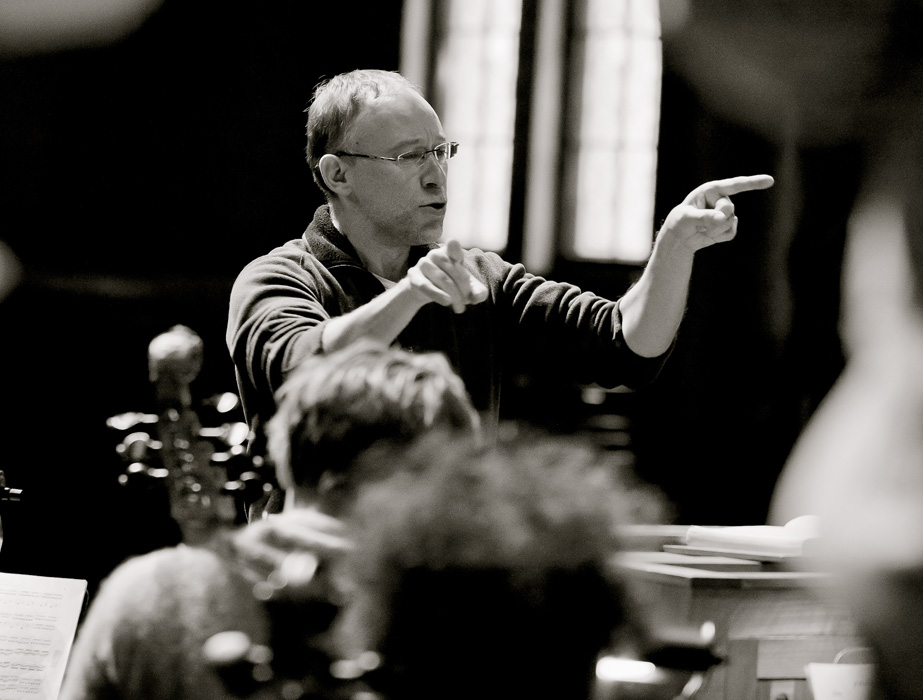
An opera singer called the “Queen of Baroque,” a revered music director/conductor of three baroque orchestras, and the Pacific Baroque Orchestra merged their talents on May 6th at the Chan Centre. Marked by winged flights of operatic undulations, violins conversing with eternity, and the nimble auburn thrum of the harpsichord, the arias they played were luscious enough to entertain the exalted young woman in Fragonard’s Rococo painting, The Swing.
An investigation into Russian baroque repertoire began when Early Music Vancouver was being integrated into this year’s Vancouver Opera Festival theme of Russian opera. To the delight of all involved, an obscure collection of arias played during the reign of Peter the Great and Catherine the Great was uncovered, and added to the Festival programme.
Karina Gauvin was an exceptional choice as the singer for this rare repertoire. The world has showered her with awards, including “Soloist of the Year” from the Communauté Internationale des Radios Publiques de Langue Francaise, first place in the CBC Radio Competition for Young Performers, the Virginia Parker Prize from the Canada Council, and the Maggie Teyte Memorial Prize in London. Born to two opera-inclined parents in Quebec, Gauvin sang from an early age. Fans can thank a conductor in her university chorus during the course of her art history degree, who may have been the one to convince her to prioritize singing as her career. The material in this concert is virtually unknown today, which makes Gauvin an exceptional match for it, since she is recognized for her experience in interpreting baroque music. Though Canadian, to keep up with Gauvin, one would need to be prepared to travel to see her at the places she performs, including Carnegie Hall in New York City, le Théâtre des Champs Elysées in Paris, and the Music Theatre in Amsterdam.

A well-loved music figure instrumental to the West Coast Early Music scene, Alexander Weimann negotiated the competing responsibilities of playing rapid harpsichord music while conducting an orchestra with gestures echoing the expressive motions of a refined contemporary dancer. Weimann is possessing of a gracious charm and talent that transcends our current times, and one imagines, would face warm reception among 18th-century European aristocrats seeking the rapture of novel baroque music.
Early in his musical career, Weimann studied organ, church music, and musicology in Munich. A revered ensemble director, soloist, and chamber music partner, since 1998 Weimann has been teaching harpsichord master classes and historical performance practice in universities in Sweden, Germany, and several American states, as well as in Canadian provinces like New Brunswick and Quebec. Lucky for Vancouverites, his focus currently involves conducting the Pacific Baroque Orchestra, and being the Music Director of both the Seattle Baroque Orchestra in Montreal and the Portland Baroque Orchestra.
The quality of the music played was largely playful, and saturated with the lavish detail and awe-provoking contrasts characteristic of the baroque style. By the time that most of the programme’s scores were written, Russian Tsar Peter the Great would have been inspired by France’s Chateaux of Fontainebleu and Palace of Versailles to build the first and oldest landmark in the new capital of St. Petersburg, the Peter and Paul Cathedral. In keeping with the architectural trend he was building, Peter the Great as well as Catherine the Great drew European virtuosi to St Petersburg, and nurtured Russian composers as part of a broader cultural revolution. It was within this climate that the music from the concert’s program was born.

One of the arias was from the whimsical opéra comique of Le Faucon by Ukrainian composer Dmitry Bortniansky, with plot elements reminiscent of a Greek comedy. An impoverished nobleman in love with a wealthy widow is unable to gain her affections. When it is revealed that she wishes to have his beloved pet falcon in order to entertain her ailing son, the hungry nobleman confesses that he has cooked his dear falcon in order to offer her a meal. In that moment, she falls in love with him. The aria tells this story with gilded notes and instrumental repartee.
The Pacific Baroque Orchestra has allowed audiences to revel in its fervent transmissions of early music for almost two decades. The ensemble performed these arias aged almost 300 years with iced precision, pushing baroque boundaries of decorative ornamentation and exuberant theatricality.
– Cimarron Ballantyne
@Cimarron_SB
